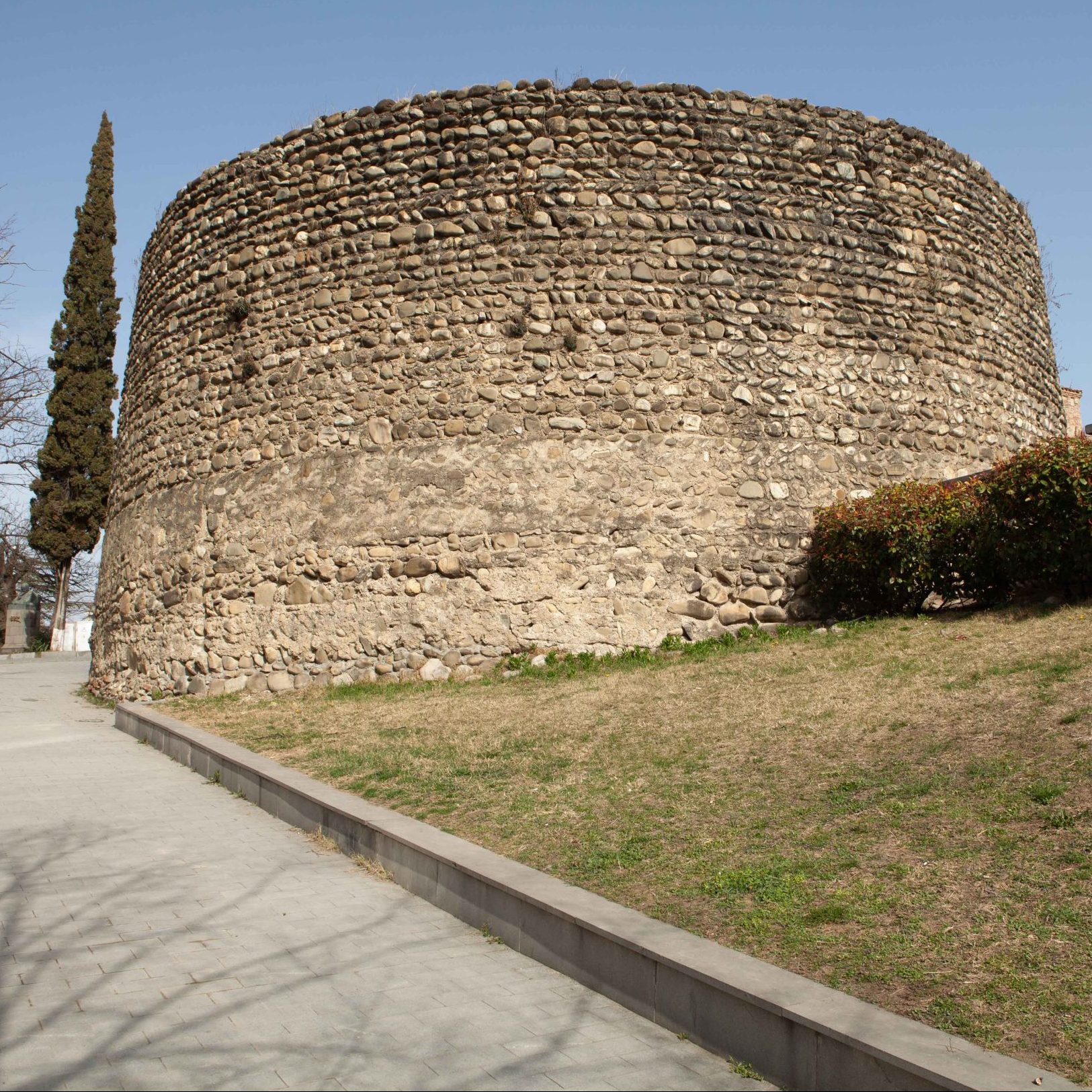თელავის ცენტრის ერთ-ერთი გამორჩეული ადგილი ნადიკვრის ისტორიული პარკია – თელავის შვიდ ბორცვთაგან ერთ-ერთი. ქვედა ნაწილში ბაღი მარადმწვანე ნარგავებითაა გამწვანებული, ხოლო ზედა ტერასული ბაქანი ძირითადად ლანდშაფტურ მდელოს წარმოადგენს. 2010-12 წლებში ბაღი რეაბილიტირდა და დაიდგა უკრაინელი პოეტი ქალის ლესია უკრაინკას ძეგლი. პარკიდან იშლება ხედები ე.წ. გიგოს გორისა და კავკასიონის ქედისკენ. ისტორიულთან ერთად პარკს აქვს ქალაქგეგმარებითი მნიშვნელობა და რეკრეაციული ფუნქცია, როგორც ქალაქის ერთ-ერთი უდიდესი სარეკრეაციო ზონა, თელავის განაშენიანებაში იგი ერთგვარ პაუზას ქმნის.
,,ნადიკვრის გორის’’ სახელწოდება მცენარე დიკადან მოდის. დიკა ძველი ქართული საგაზაფხულო ხორბლის სახეობაა და ამ გორას ადრე სამეურნეო დანიშნულებით იყენებდნენ.
XIX საუკუნის ბოლოდან ,,ნადიკვრის გორას“ თელაველები დასასვენებლად და ზაფხულში გასასეირნებელ ადგილად მოიაზრებდნენ.
გადმოცემის თანახმად, 1940-იან წლებამდე აქ მხოლოდ ერთი ძალიან დიდი სიმაღლის და ასაკის ცაცხვის ხე იდგა, რომელსაც 1968 წლის ზაფხულში, იმის მეორე დღეს, რაც ,,ნადიკვრის გორის“ სიახლოვეს მდგარი ,,სამების“ სახელობის ეკლესია დაანგრიეს, მეხი დაეცა და გადატეხა. ცაცხვის ხემ ამოიყარა; ამჟამადაც ,,ნადიკვრის გორის“ დასავლეთ ნაწილში დგას და ეგებება თელაველებს და თელავის სტუმრებს.
ალბათ სწორედ ,,ნადიკვრის გორიდან’’ ალაზნის ველის დამნახავი, საქართველოზე უზომოდ შეყვარებული, კახეთის სილამაზით მოჯადოებული, დიდი ილიას მეგობარი, ცნობილი გერმანელი საზოგადო მოღვაწე არტურ ლაისტი თავის ნაშრომში – „საქართველოს გული“ წერდა: ,,ნათელო კახეთო! ტყიანი მთების გვირგვინი შემოვლებია შენს მწვანე მინდორს! მზე და მთვარე შენი მეგობრებია. მათი სინათლე და ბრწყინვალება მომხიბლავად ამკობს შენს სურათს. ვისაც უნდა სასწაული იხილოს, მან კახეთში მზის ამოსვლას უნდა უცქიროს, როდესაც ოქროს სხივი ეხვევა მთელ ველს და ალაზანი ვერცხლისფერი ზონარივით ბრწყინავს.’’
One of the distinguished places in the center of Telavi is the Nadikvari Historical Park – one of the seven hills of Telavi. The lower part of the garden is planted with evergreens, while the upper area of the terrace is mainly a landscaped meadow. In 2010-12, the garden was rehabilitated and a monument to a Ukrainian poetess Lesya Ukrainka was erected. The garden offers a beautiful view towards the so-called Gigo Hill and the Caucasus Range. Along with the historical, the park has urban-planning significance and a recreational function. Being one of the largest recreational areas of the city, it creates a kind of pause in the development of Telavi.
The name “Nadikvari Gora (hill)” comes from the plant Dika (დიკა – Persian wheat). This is a type of old Georgian wheat cropped in spring and this hill seems to have been used for agricultural purposes before.
From the end of the XIX century, “Nadikvari Gora” was considered by the telavi residents as a place for relax and summer walks.
According to the legend, before the 1940s, there was only one very tall and aged lime tree, which in the summer of 1968, the second day after the demolition of the Trinity Church near Nadikvari Gora, fell and broke. A lime tree sprouted; Currently, it stands in the western part of “Nadikvari Gora” and welcomes Telavi residents and the city guests.
A famous German public figure Arthur Laist who was a friend of Ilia Chavchavadze, probably seen the Alazani Valley from “Nadikvari Gora” had written the following words in his work “Heart of Georgia”: “Hey You – the Brilliant Kakheti! A wreath of forested mountains surrounds your green field! The sun and the moon are your friends. Their light and splendor fascinates your image. Whoever wants to see a miracle, s/he should watch the sunrise in Kakheti, when a golden ray surrounds the whole field and Alazani shines like a silver line.”
ობიექტი
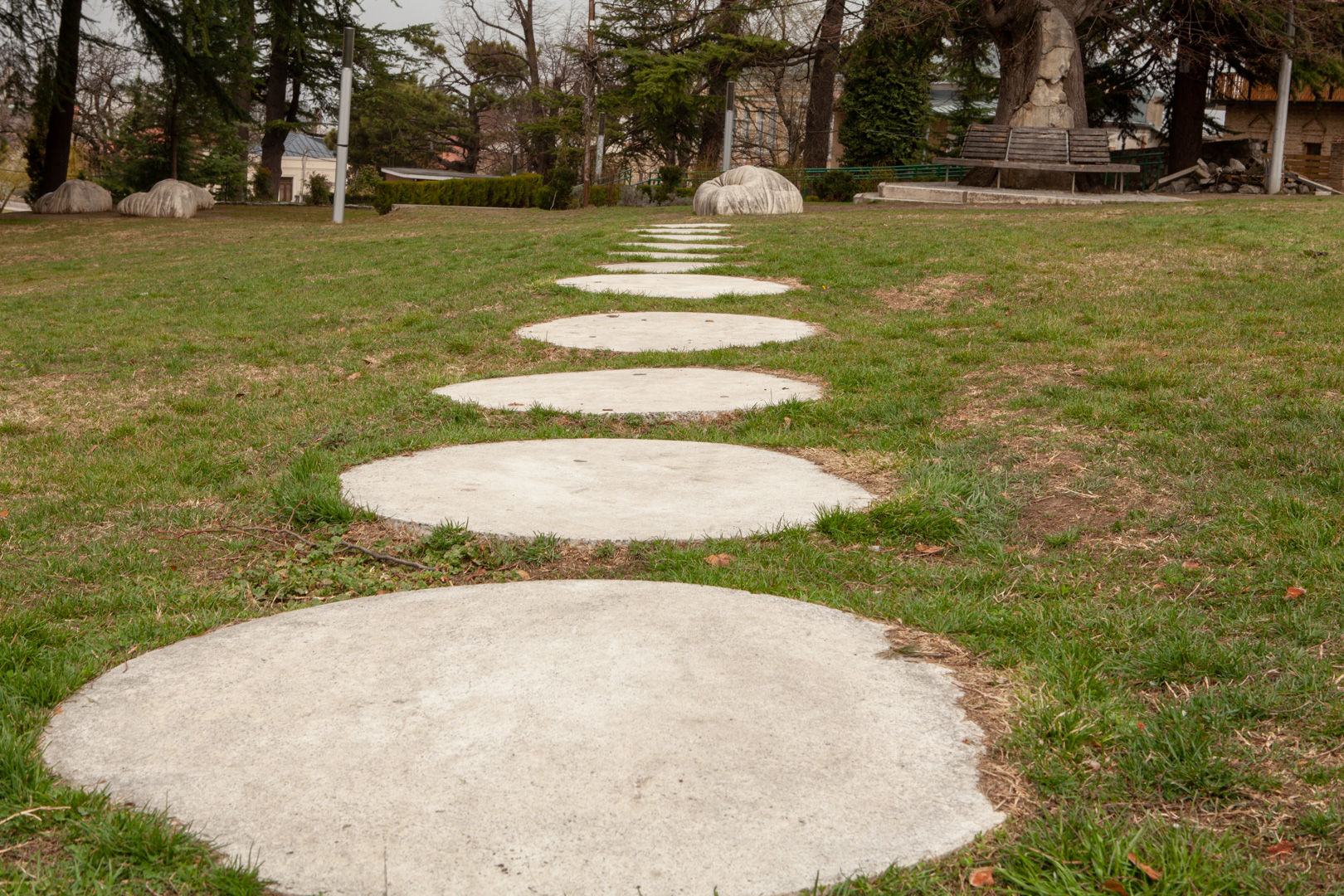
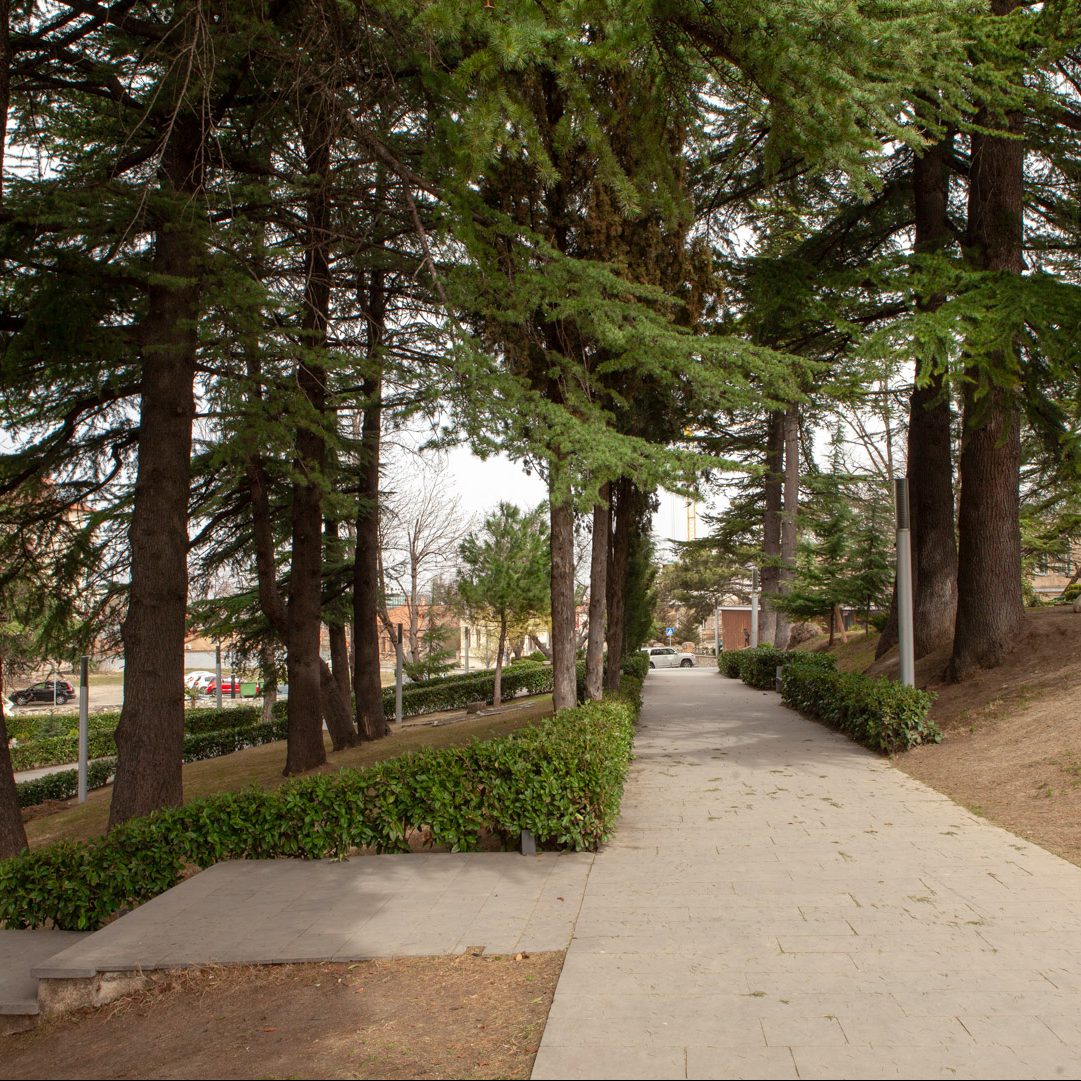
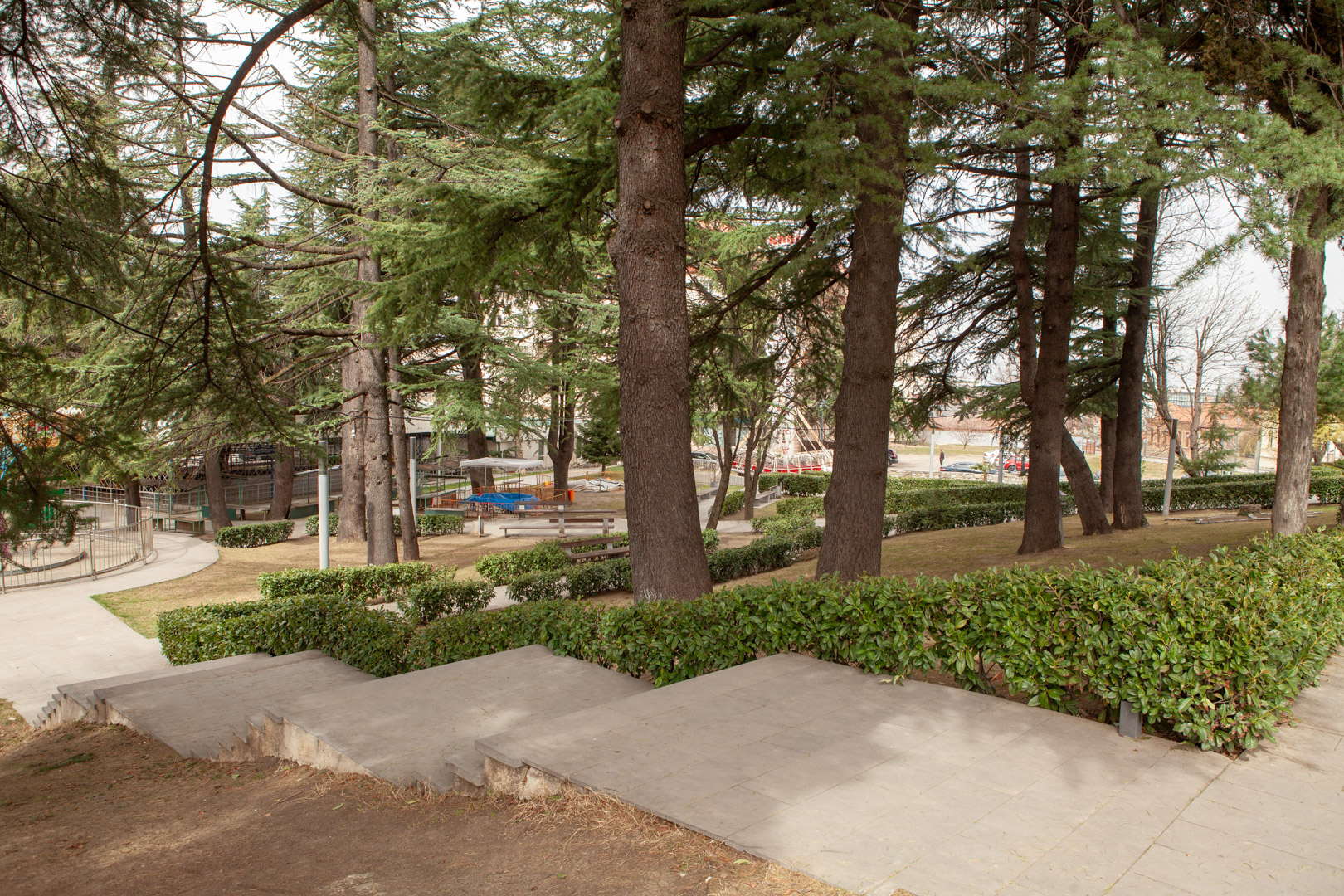
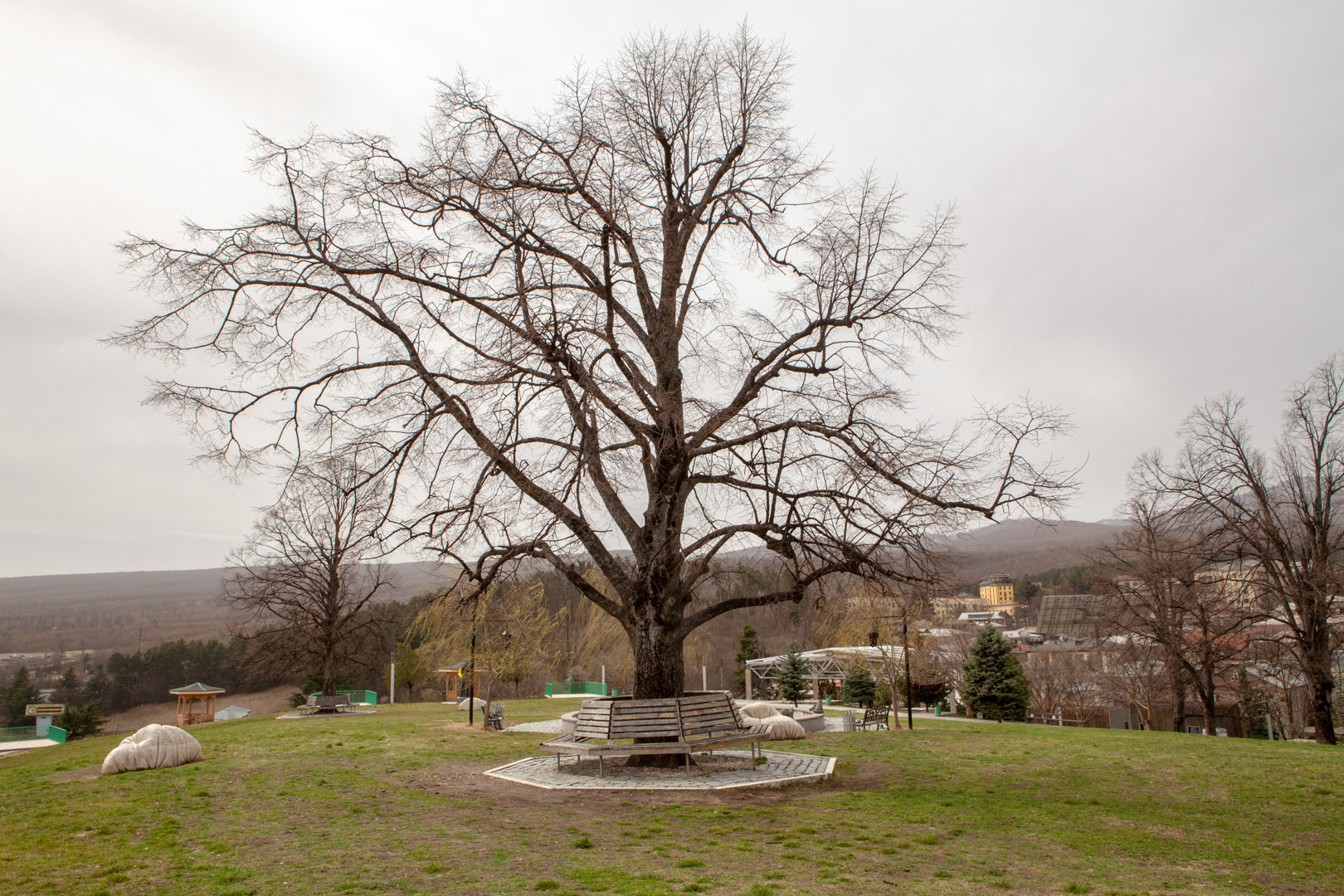

ნადიკვრის ხედი აღმოსავლეთ მხრიდან. 1920-იანი წლები. ფოტო – თელავის ისტორიული მუზეუმი.


